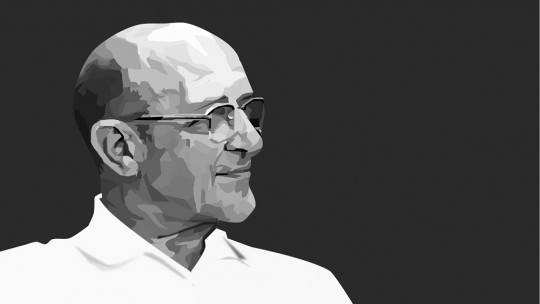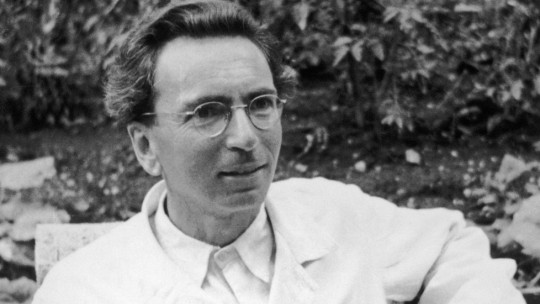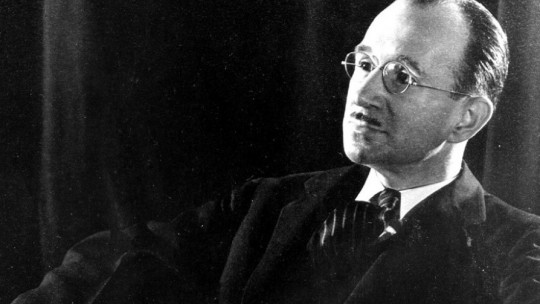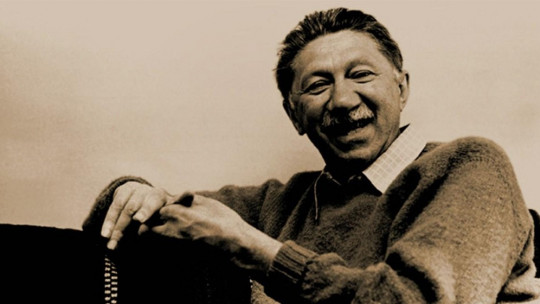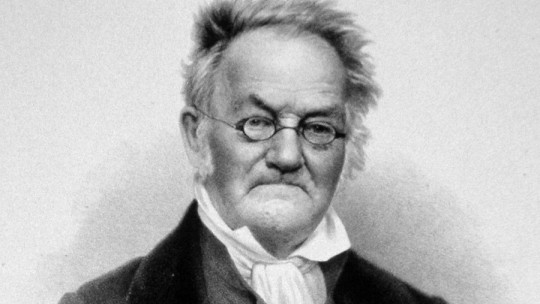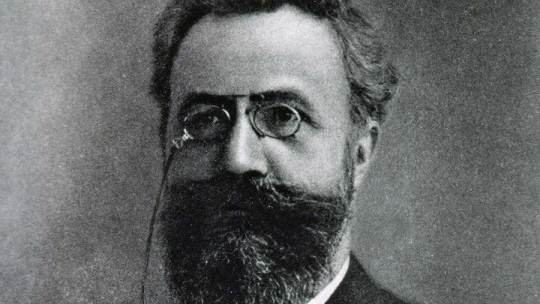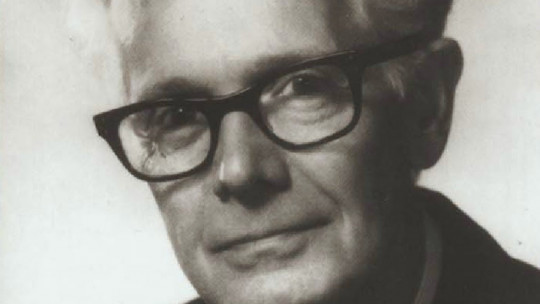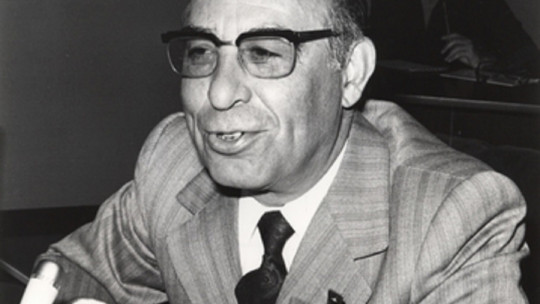The name Carl Rogers is widely known in the world of psychology. One of the pioneers of humanistic psychology and creator of client-centered therapy, his contributions even earned him the presidency of the APA. Knowing the life of this author can be of great interest, and that is why in this article we are going to carry out a summary of the biography of Carl Rogers
Brief biography of Carl Rogers
Carl Ransom Rogers was born on January 1, 1902 in Oak Park, Chicago , being the fourth of six brothers. His parents were Walter Rogers (civil engineer) and Julia Rogers (housewife), being the fourth of six siblings. The family had strong Christian and evangelical convictions, religion being important in the author’s maturational and intellectual development. The family bond was positive and close, with the parents instilling values such as the importance of effort and perseverance.
When he was twelve years old his family bought a farm and moved to it, spending his adolescence there and acquiring Rogers a great interest in agriculture and biology actively participating in the care of animals and often reading scientific literature linked to said sector.
Years of training and marriage
In 1919 he enrolled at the University of Wisconsin to major in Agriculture. However, throughout his studies and after attending various religious days He decided to turn his interest and studies towards theology and history
In 1922, during his penultimate year of studies, he was chosen to participate in an international conference of the World Federation of Christian Students in China. During his stay on the Asian continent and at the conference he was able to observe a great diversity of beliefs and the confrontation that still existed between the members of the countries involved in opposing sides during the First World War. This trip would make Rogers rethink his conception of life. After his return, he graduates in History.
During his university years he would resume contact with Ellen Elliott, an old grade school classmate with whom he would fall in love and whom he would end up marrying in 1924. After that and once they finished their studies, the couple He moved to New York, where Rogers enrolled at Union Theological Seminary There he would continue his studies in theology and philosophy while beginning to attend different courses at the Columbia University Teachers College. In the latter he discovered and became interested in aspects linked to psychology.
After concluding in one of the seminars that his path and philosophy were not ascribed to religion (although he retained an interest in aspects such as the meaning of life), he decided to abandon his theology career. In addition He would enroll at Columbia University to study Psychology , specifically in the clinical psychology program, and would begin working with minors at the Institute for Child Guidance in New York. She obtained her master’s degree in 1928, and her doctorate in Psychology in 1931.
Professional life, therapy and humanistic psychology
During 1928, he was hired at the Rochester Society for the Prevention of Cruelty to Children, where he would work on aspects such as prevention of crimes in young people at risk of social exclusion and with different problems and of which he would be named director. In this place he would work for twelve years, observing and working with multiple patients.
In Rochester he observed on several occasions that when working with patients it is the client himself who knows best what affects him and where his problems lie, often knowing what direction should be taken to resolve them. Also tried to rush forward with proposals for forms of therapy
In 1940 he was hired by Ohia State University as a professor, after the publication of his first book “Clinical Treatment of the Problem Child” the previous year. The same year he would begin to hold conferences, the one held at the University of Minnesota being notable, in which he would establish the foundations of non-directive therapy. Rogers stated that the user of the psychologist’s services was not a patient but a client (which means that the subject is not limited to receiving the intervention but is an active subject and the architect of his or her own recovery) and that the therapist’s role is to help the client in a non-directive way, as support for one’s own activity of the subject.
In 1945 he was invited to create a health care center at the University of Chicago, learning as time went by to establish useful, close, and therapeutically productive relationships with his patients. Due to his numerous contributions in 1947 He was named president of the American Psychological Association (APA) Throughout 1951 he would publish “Client-Centered Psychotherapy”, in which the author develops his well-known theory in which he highlights the role of the capacity of each of us to achieve personal growth and change.
Rogers returned to the University of Wisconsin in 1957, where he would serve as a professor in the psychology department while also conducting research programs with schizophrenic population However, different conflicts in said department caused the author to become disenchanted with the university world. In 1964 he was offered a position as a researcher in La Jolla, where he lived and worked until his death.
Death and legacy
During the last years of his life Carl Rogers continued to research and publish different works of great significance, in addition to carrying out work in clinical practice and various conferences.
In February 1987, Rogers fractured his hip in a fall, requiring surgery. The intervention was a success, but shortly afterward he suffered cardiac arrest. Carl Rogers died on February 4, 1987 in San Diego California.
Rogers’ legacy is extensive. He is one of the pioneering authors of humanistic psychology , highly interested in personal development and in the possibility of the person themselves to govern their life and evolve. In addition, the conception of client-centered therapy stands out, the importance given to the interaction between therapist and patient and the fact of proposing a non-directive therapy, which represented a revolution in its time. Many of his methods are still applied today, or have served as inspiration for other authors.

